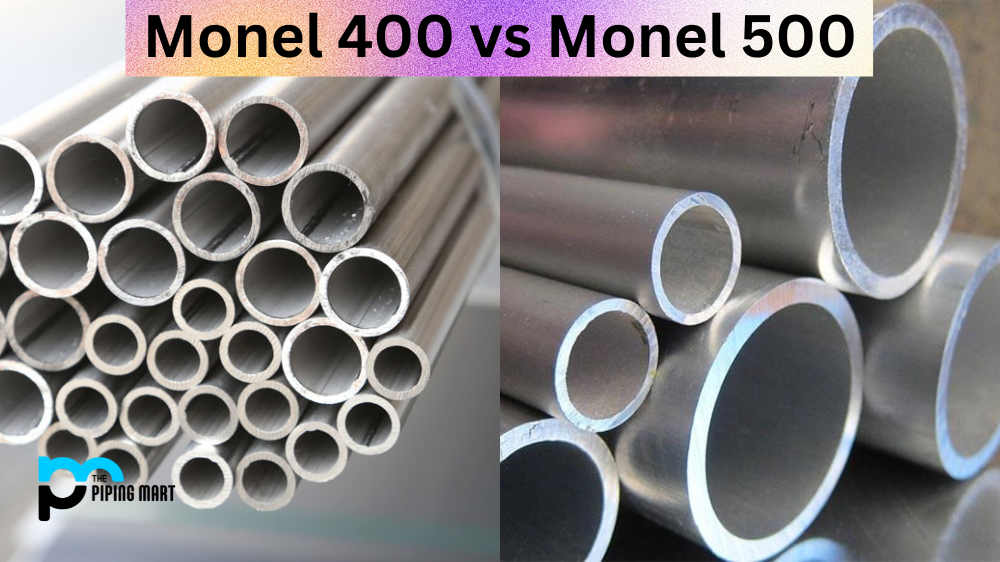The world of steel alloys can be confusing to navigate. Each metal offers unique benefits, and picking the perfect one for your application can be challenging. This blog post will compare vanadium and tungsten, two popular steel alloy choices. By the end of this article, you should have a better idea of which metal is suited to your needs.
Difference Between Vanadium and Tungsten
Hardness
One of the key differences between vanadium and tungsten is their hardness. Vanadium is a relatively soft metal, while tungsten is one of the hardest metals in the world. This difference in hardness means that vanadium is more suitable for applications that need to be easily machined or shaped, while tungsten is better suited for applications with high wear resistance levels.
Melting Point
Another key difference between vanadium and tungsten is their melting point. Vanadium has a melting point of around 1,900 degrees Celsius, while tungsten has a melting point of around 3,422 degrees Celsius. This difference in melting point means that vanadium is more suitable for applications that must withstand high temperatures. At the same time, tungsten is better suited for applications that must withstand extremely high temperatures.
Density
A third key difference between vanadium and tungsten is their density. Vanadium has a density of around 5.8 grams per cubic centimetre, while tungsten has a density of around 19.3 grams per cubic centimetre. This difference in density means that vanadium is more suitable for applications where weight is a concern, while tungsten is better suited for applications where strength and durability are more important than weight.
Cost
A fourth key difference between vanadium and tungsten is their cost. Vanadium is relatively inexpensive, while tungsten is one of the most expensive metals in the world. This difference in cost means that vanadium is more suitable for applications where cost is a major concern, while tungsten is better suited for applications where performance is more important than cost.
Uses
Finally, another key difference between vanadium and tungsten is their uses. Vanadium is primarily used in steel alloys, while tungsten is used in various applications, including cutting tools, electrical contacts, and X-ray tubes.
Conclusion
In conclusion, your specific application makes the choice between vanadium and tungsten. If you need a strong, ductile, and relatively inexpensive metal, then vanadium may be your choice. On the other hand, if you need a metal that is incredibly hard, dense, and can withstand extreme wear and tear, then tungsten is the better choice. Remember that tungsten alloys are expensive and should only be used when necessary. With this knowledge, you should be better equipped to pick the perfect steel alloy.

Meet Bhavesh, a seasoned blogger with a wealth of knowledge and experience. From metal products manufacturing to retail, Bhavesh has a diverse background in various industries and is dedicated to sharing his insights and expertise with readers.




